If you put the brightest tomatoes or strawberries under a microscope, they might be a lot dirtier than you think.
Regardless of how those produce were grown and how they got to you, there is something on their surface. It could be dirt, pesticide residue, or even a large amount of bacteria.
Protecting health by properly cleaning produce is clearly a priority, but does thoroughly washing produce under running water before cooking or eating eliminate the risks?
A spoonful of this will help clean vegetables.
Baking soda is a common ingredient often used in cooking or even beauty.
Being an alkaline salt, Baking soda is mildly abrasive which makes it great for gentle cleaning activities and that is why you often find it in toothpaste and mouthwash ingredients.
To clean newly purchased produce, you should mix 1 teaspoon of Baking Soda with 2 cups of cold water and soak the produce in the solution for 12-15 minutes, this helps remove all remaining dirt on the outside of the vegetables. After this process, we just need to quickly rinse with water before draining and using.
What about pesticide residues?
The best way to avoid exposure to produce with high pesticide residues is to buy organic produce, but that's not always possible.
However, one of the applications of Baking Soda is to remove pesticide residues.
Studies have shown that if produce is washed with tap water, pesticide residues can be reduced by 26.7 to 62.9%, but if they are soaked in a baking soda solution, they can be reduced by 66.7 to 98.9%.
Note when using Baking soda to wash vegetables
Being an alkaline compound, baking soda will begin to break down the skins and delicate surfaces of fruits and vegetables after 12 to 15 minutes. The solution can also soften beans and peas with longer soaking times.
Finally, studies show that whether you wash your produce with clean water, baking soda, or even salt, always make sure that they are thoroughly drained. This will help prevent bacteria from growing.

Source



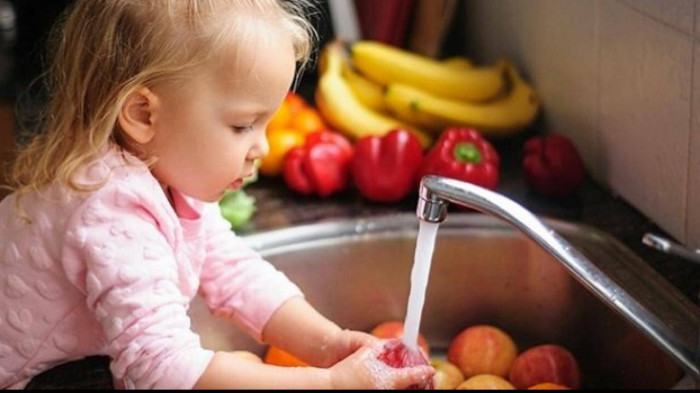


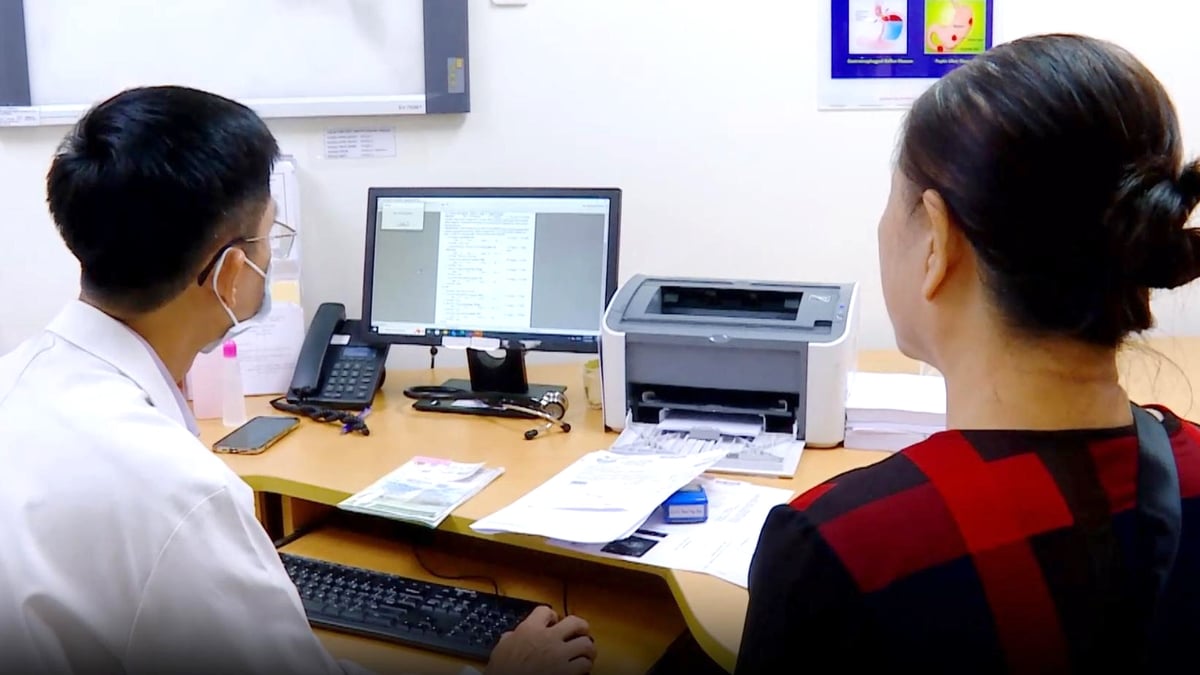
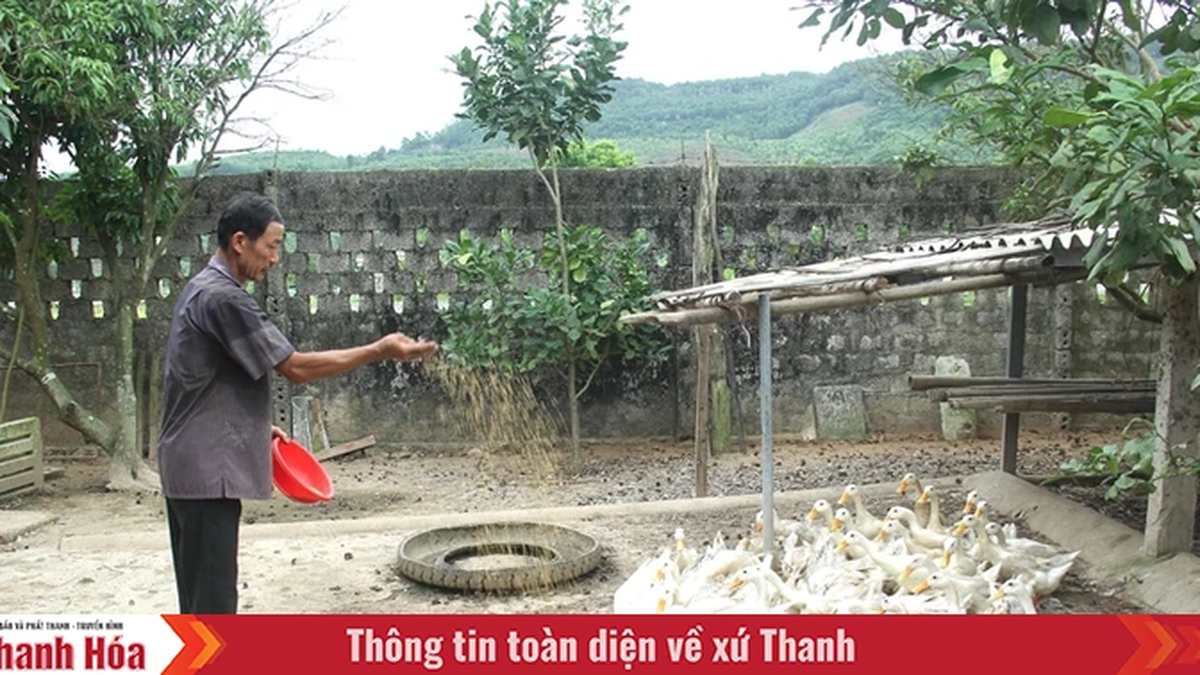

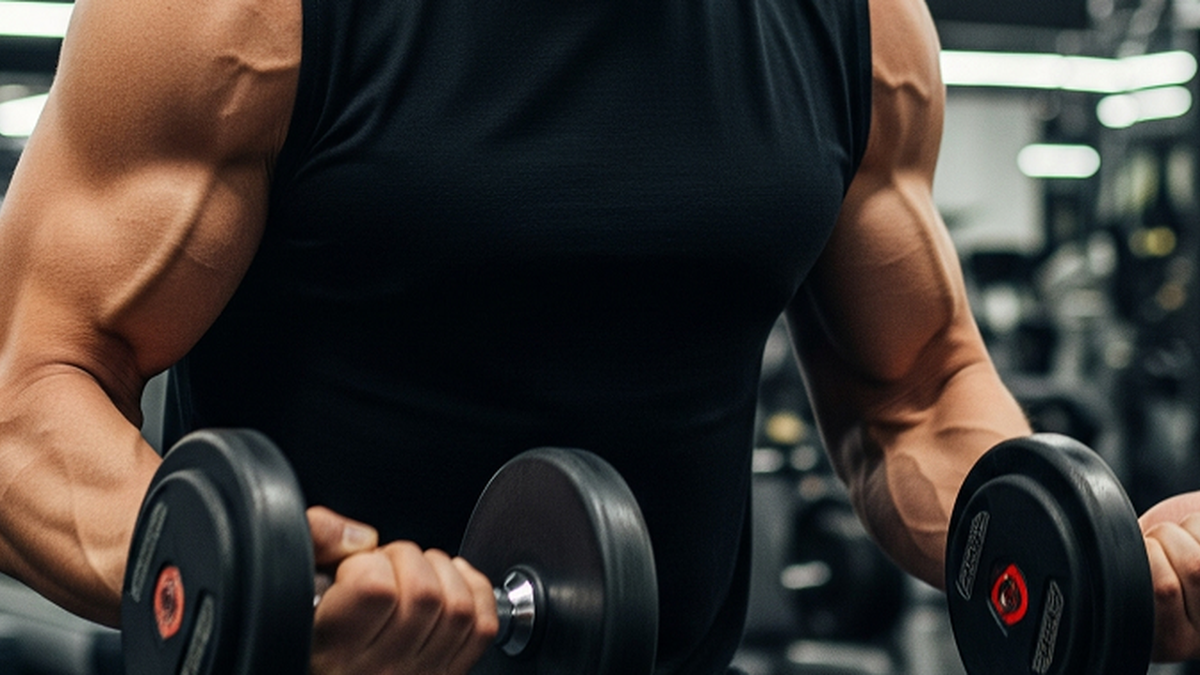
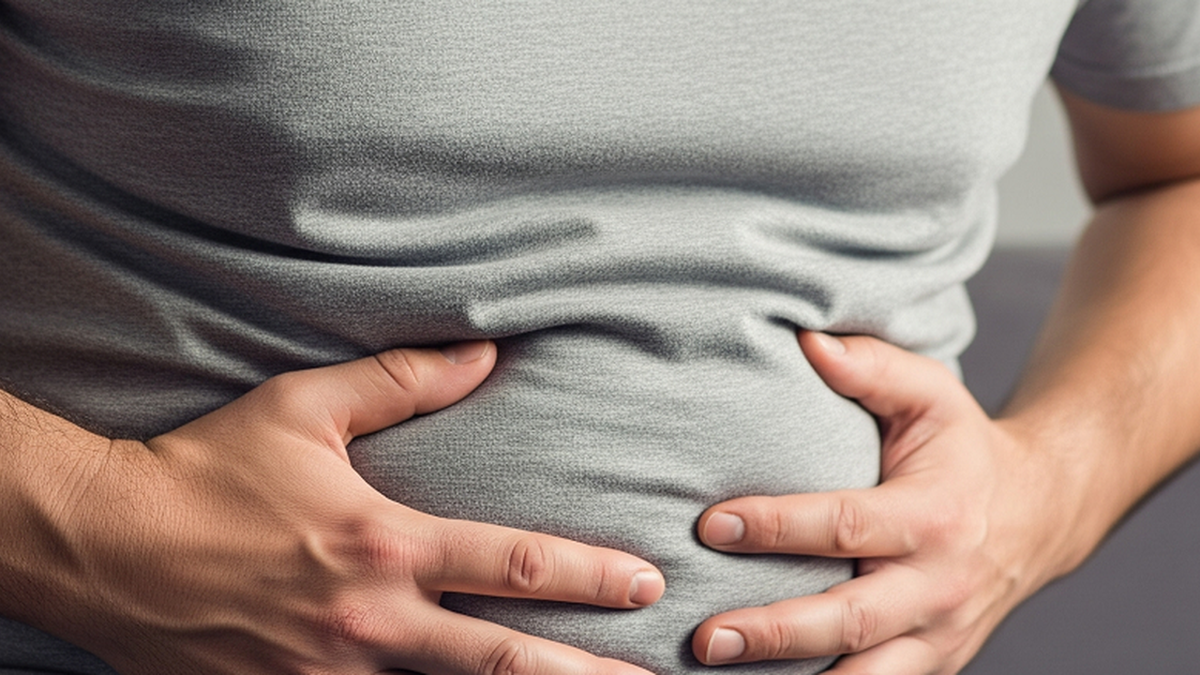















































![[Maritime News] Container shipping faces overcapacity that will last until 2028](https://vphoto.vietnam.vn/thumb/402x226/vietnam/resource/IMAGE/2025/7/30/6d35cbc6b0f643fd97f8aa2e9bc87aea)













































Comment (0)